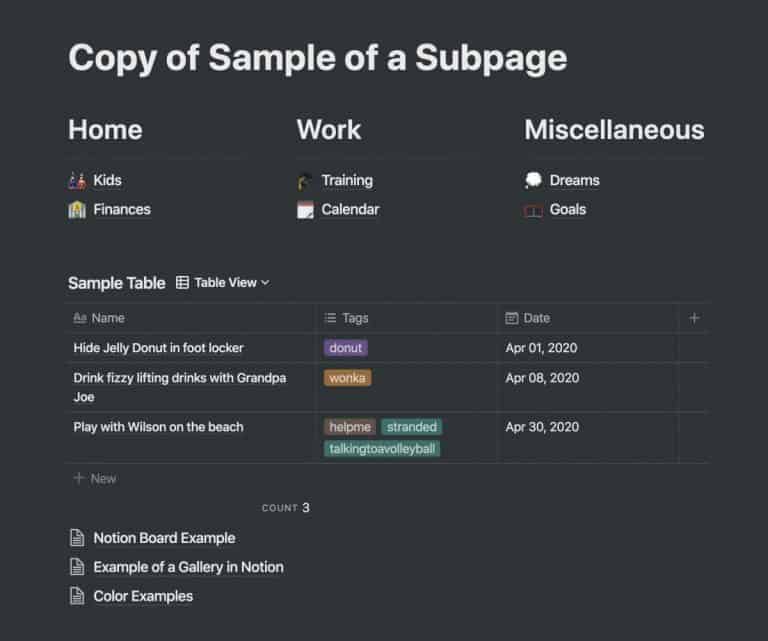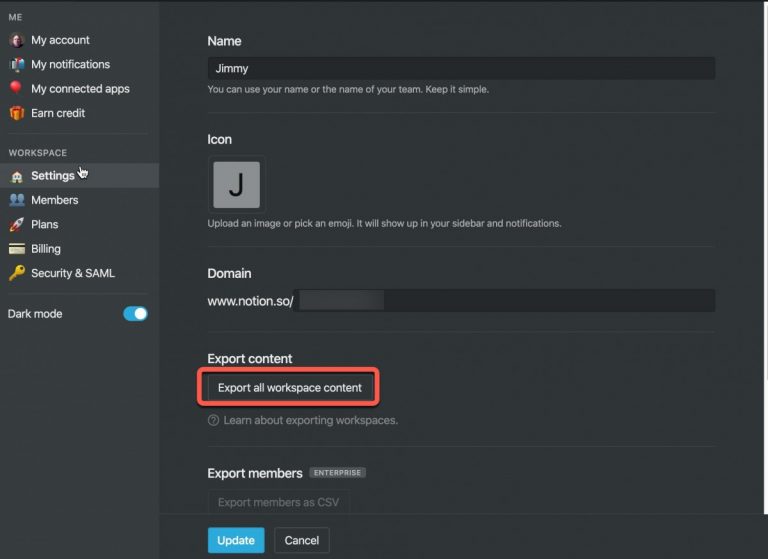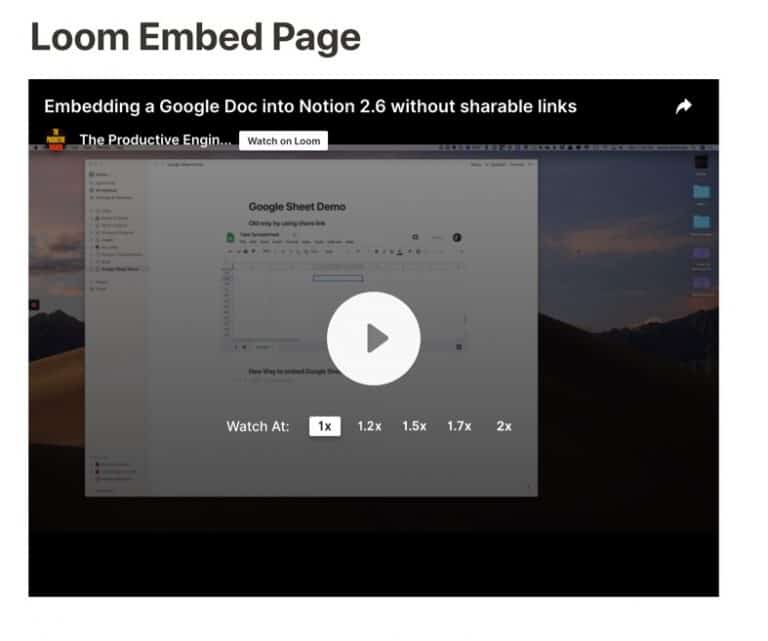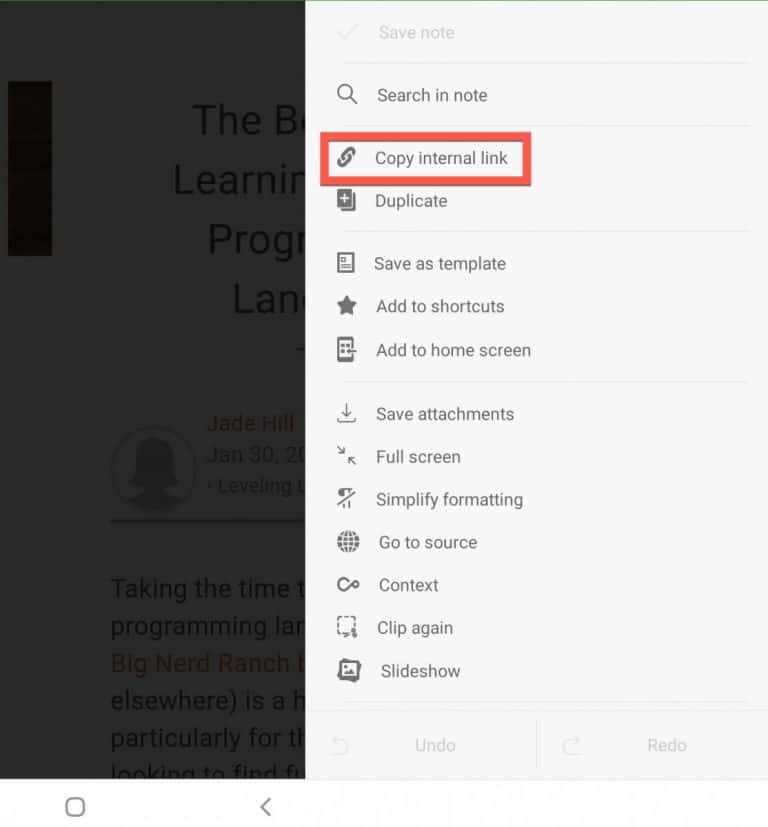How to Use Markdown in Notion
Markdown is a text structure that allows writers to create written content for the web. Markdown was created by John Gruber as a way to write in plain text (i.e. non-proprietary) format and have that text be convertible to HTML.
Notion has excellent support for Markdown. In this blog post, we will cover the four categories of Markdown support in Notion:
- Writing in Markdown on a Notion Page
- Pasting Markdown into a Notion Page
- Importing Markdown into Notion
- Exporting Notion Pages in Markdown
Before we get started, if you are looking to learn even more about Notion or other apps, Skillshare is a great resource to check out. Skillshare has courses on Notion, Evernote, Todoist, Things 3, Trello and more. In fact, there is a great Notion course by Francesco D’Alessio on Notion that you can check out at the link below:
Link to Notion Course on Skillshare
If you are just starting out with Notion and aren’t sure where to get started, you really need to check out my comprehensive beginner’s guide to Notion. It goes through all things you need to know to get started the right way. Enclosed below is the link to the guide:
Link to Beginner’s Guide to Using Notion With Screenshots
Writing in Markdown in Notion
Markdown is supported natively in Notion. It follows that you can write in Markdown and Notion will render it appropriately on the Notion page.
If you want a Heading 1 heading on your page, you can simply type # and a space and Notion will understand you want a heading 1 as shown in the screenshot below:
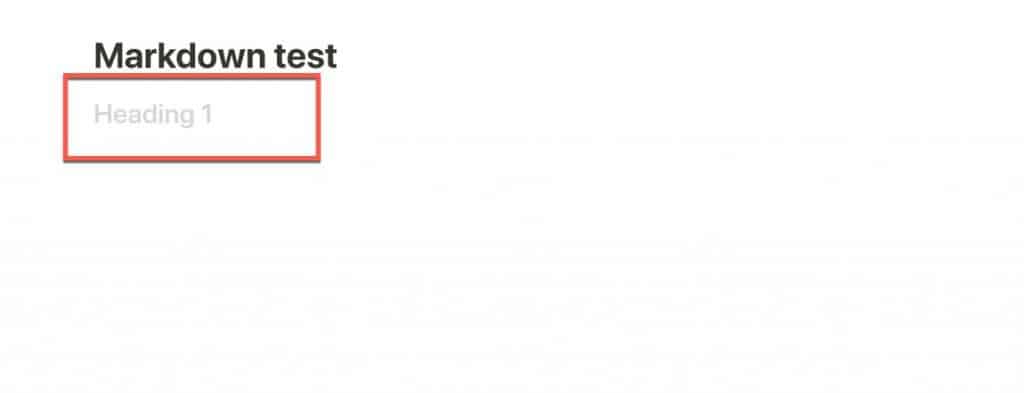
You can use most of the standard markdown text formatting schema in Notion. Enclosed below is a screenshot of how Notion renders each of the markdown schema that Notion supports:
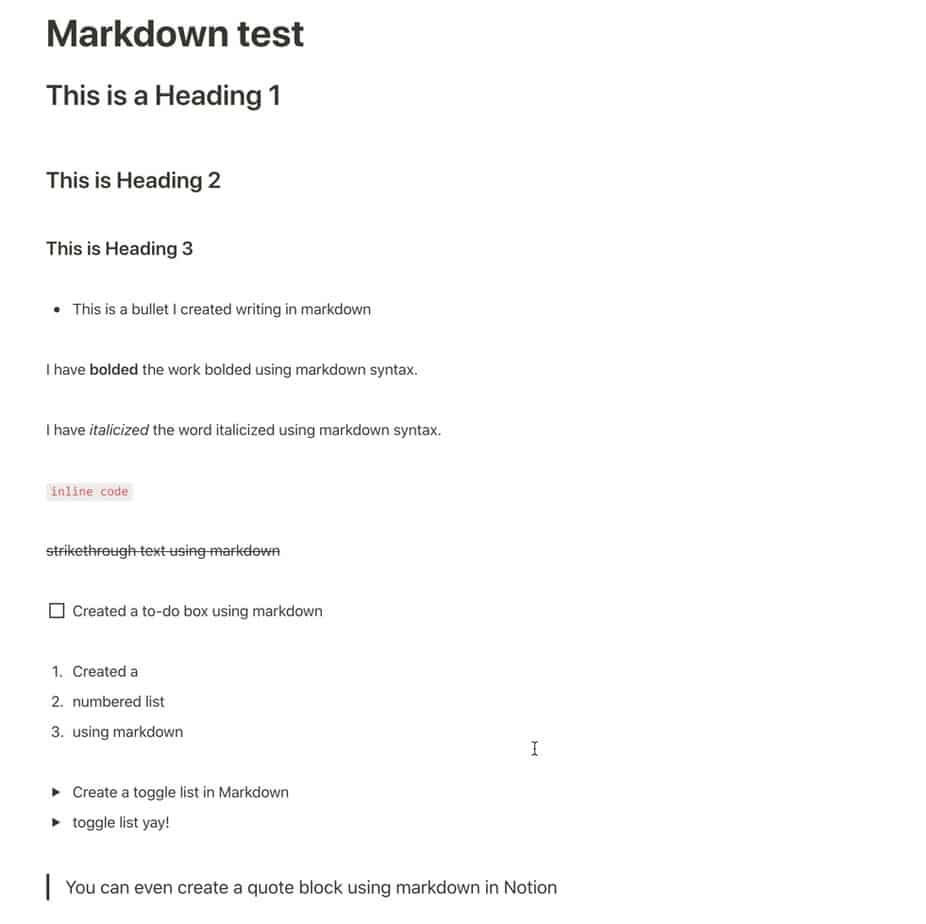
Supported Markdown Schema in Notion
Enclosed below is a table that contains the pieces of markdown schema you can type into Notion that Notion will render successfully:
| Effect | How to Type in Markdown | Markdown Example |
| Bolding Text | Type ** on both sides of the word or phrase you want to bold | **bold** |
| Italicizing Text | Type * on both sides of the word or phrase you want to italicize | *italics* |
| Inline Code | Type ` on both sides of the word or phrase you want to render as inline code | ‘inline code’ |
| Strikethrough Text | Type ~ on both sides of the word or phrase you want to render as strikethrough text | ~strikethrough text~ |
| Bulleted List | Type either *, –, or + followed by a space to create a bulleted list | * item 1 in bulleted list |
| Checkbox | Type [] to create a checkbox entry | []Checkbox item |
| Numbered List | Type 1. followed by a space to start the numbered list | 1. First item in list |
| H1 Heading | Type # followed by a space to create a H1 heading | # Heading 1 Text |
| H2 Heading | Type ## followed by a space to create a H2 heading | ## Heading 2 Text |
| H3 Heading | Type ### followed by a space to create a H3 heading | ### Heading 3 Text |
| Toggle List | Type > followed by a space to create a toggle list | > Toggle List item |
| Quote Block | Type ” followed by a space to create a quote block | # Hello Newman |
Pasting Markdown into a Notion Page
In addition to being able to compose markdown in Notion, you can also paste markdown-formatted text into Notion and Notion will render it correctly.
Enclosed below is a screenshot of a blog post I wrote in markdown:
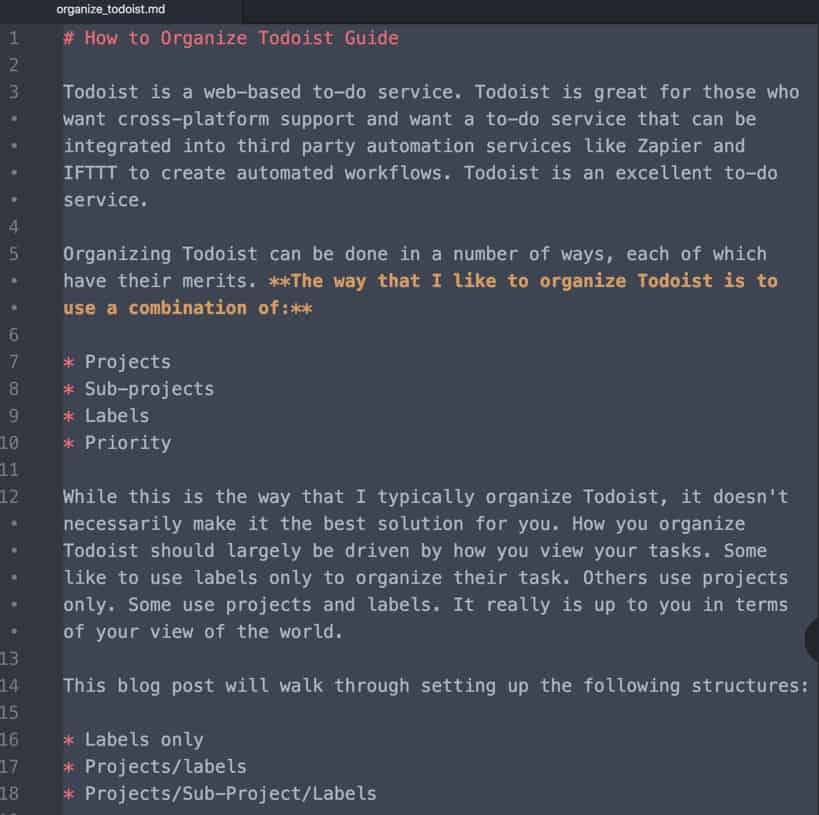
As you can see from the image above, I used an H1 headline, bolded text and bullet points in the document. I simply:
- Selected the text I wanted to copy into Notion
- Pressed Command-C (Ctrl-C on Windows) to copy the text
- Opened a Notion page and pressed Command-V (Ctrl-V on Windows) to paste the text into the page
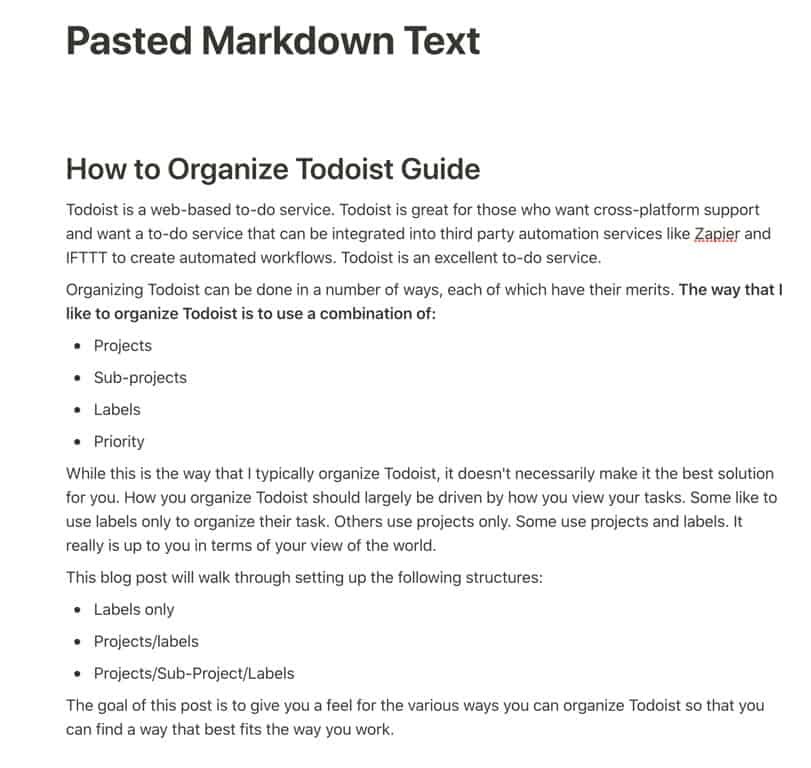
As you can see from the image above, Notion recognizes that the pasted text is formatted in Markdown and renders the text appropriately.
Importing Markdown Files into Notion
There are times when you may want to add a whole markdown file into Notion. Notion supports importing markdown files. To import a markdown file into Notion, do the following:
Create a Notion Page to hold your markdown file.

In the Notion Page, click on the ellipsis (…) in the upper-right corner of the page and select Import from the drop-down menu.
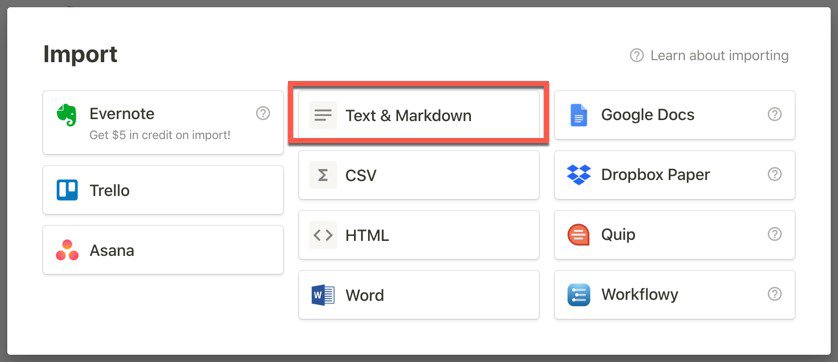
Select Text & Markdown from the Import menu.
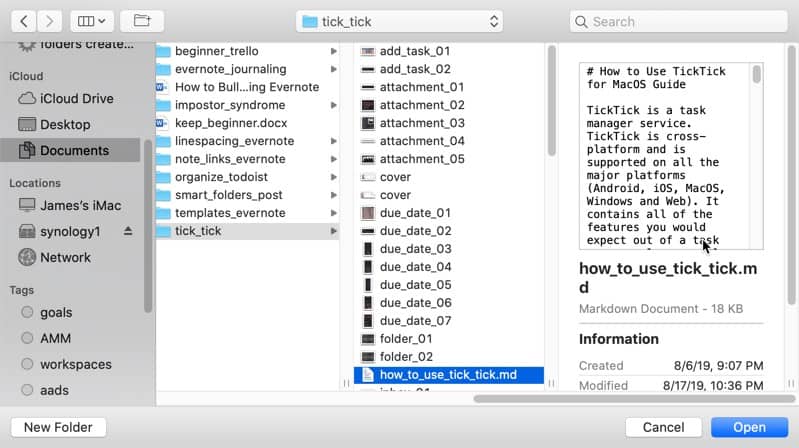
Navigate to the folder that contains your markdown file, select the file and click Open.
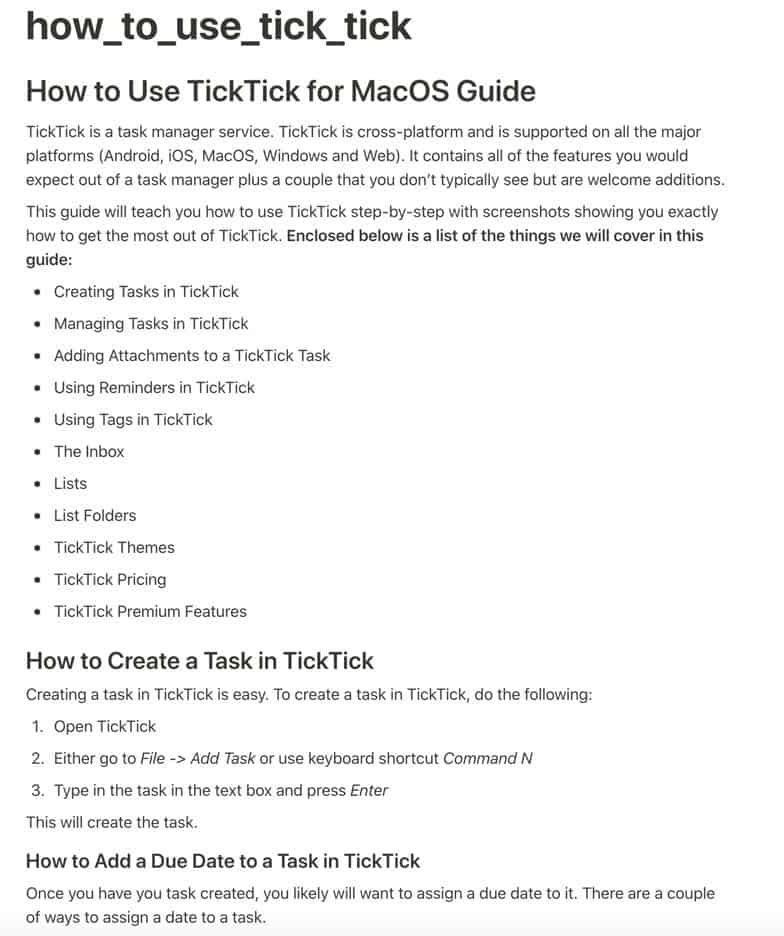
Your file will now be in the Notion page. Notice that Notion recognizes the markdown format and renders the page appropriately.
Exporting Notion Pages as Markdown Files
Notion supports the ability to export Notion pages as markdown files. To export a Notion page to markdown, do the following:
Open the Notion Page you want to export.
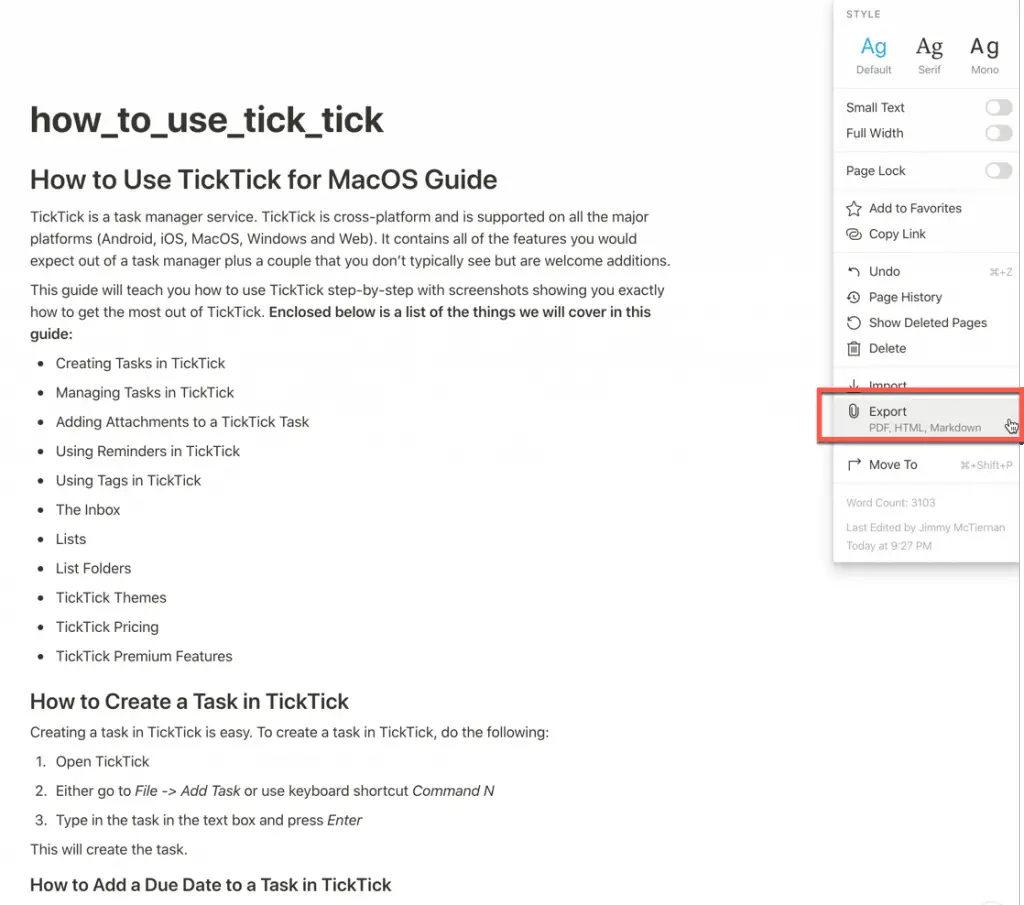
Click on the ellipsis (…) in the upper-right corner of the page and select Export.
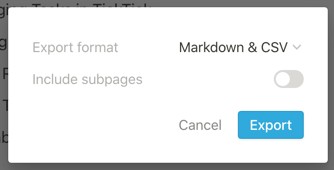
Select Markdown & CSV for Export format and click Export.
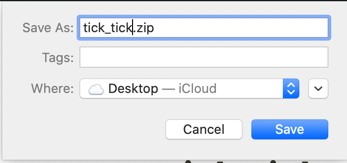
Name your file and save location and press Save.
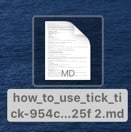
A zip file will be created that contains your file. Open the zip file to access the markdown (.md) file.
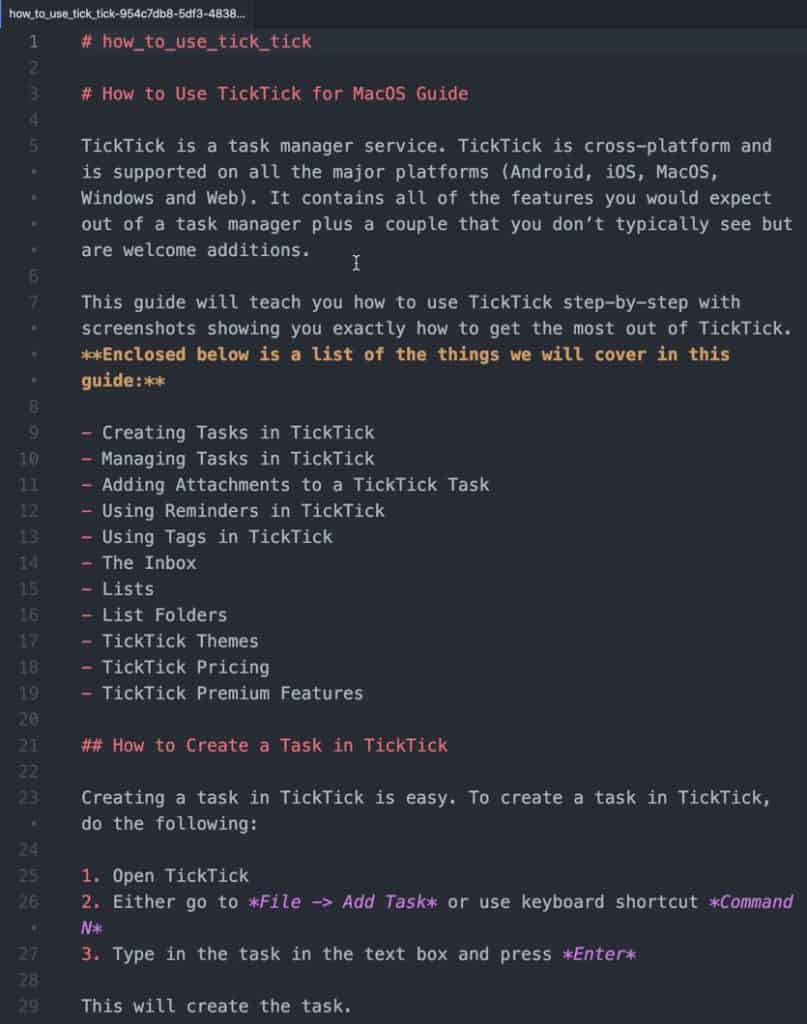
Your page will be rendered as a markdown file.
Subscribe to Our Newsletter
If you like this article, subscribe to our newsletter. It contains tips and tricks to help you get things done.
Check out our Resources page
Check out our resources page for the products and services we use everyday to get things done or make our lives a little easier at the link below:
Check Out Our YouTube Channel!
We have a YouTube channel now and we are working hard to fill it with tips, tricks, how-tos, and tutorials. Click the link below to check it out!
Helpful Links
Notion Help and Support webpage
link to Notion Help and Support webpage
Other Articles You May Be Interested In
How to Use the Notion Web Clipper
Link to How to Use the Notion Web Clipper
How to Embed Loom Video in Notion Guide
Link to How to Embed Loom Video in Notion Guide
How to Create a Project Tracker in Notion
link to How to Create a Project Tracker in Notion
How to Embed a Google Sheet into a Notion Page
link to How to Embed a Google Sheet into a Notion Page
How to Import an Excel Spreadsheet into Notion
link to How to Import an Excel Spreadsheet into Notion
How to Embed Codepen into Notion
link to How to Embed Codepen into Notion

